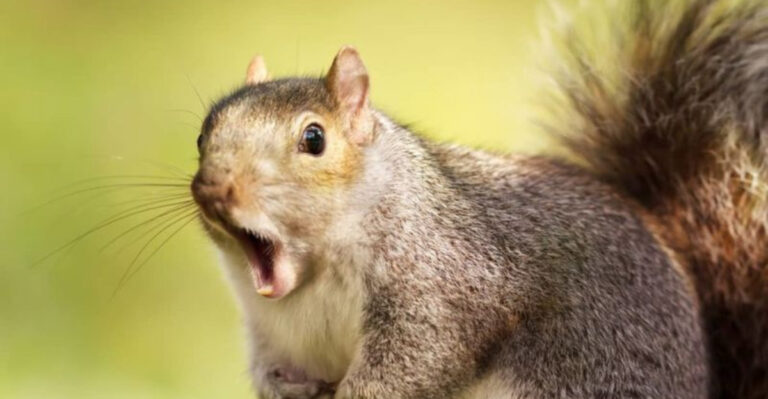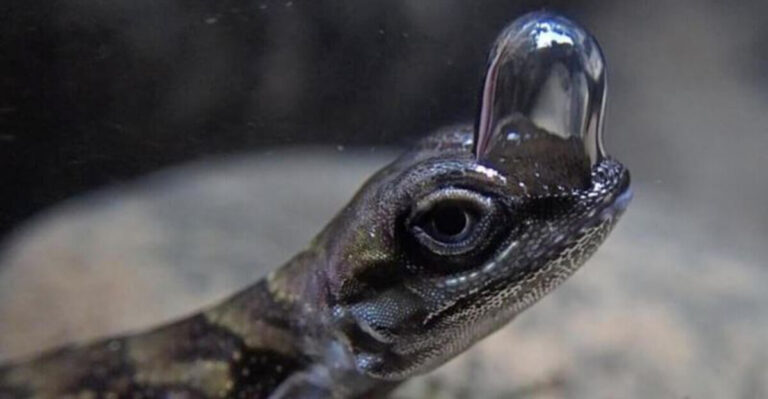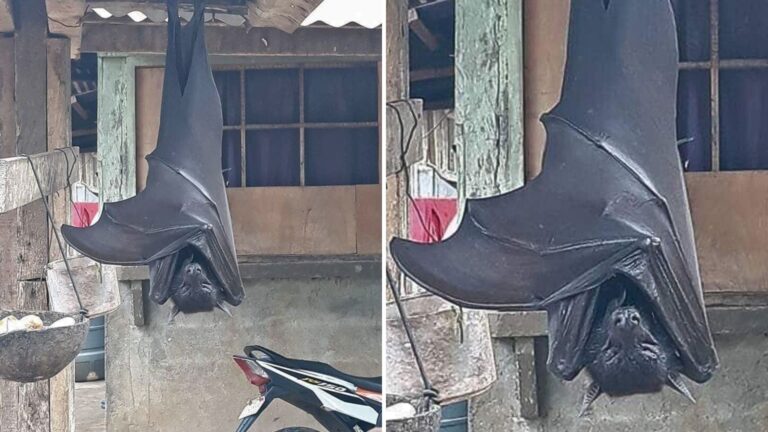15 U.S. Rivers With The Strongest Otter Populations Experts Revealed
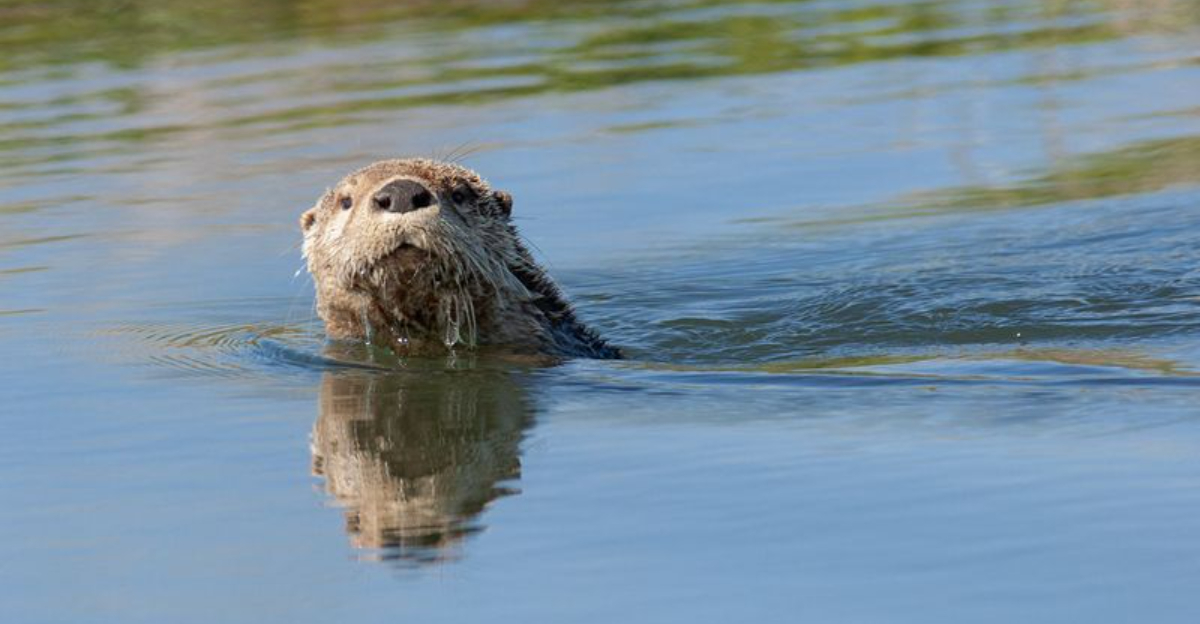
Otters are fascinating creatures that bring life and balance to America’s waterways. These playful mammals thrive in clean, fish-rich rivers with healthy ecosystems and minimal human disturbance.
Wildlife experts have identified several U.S. rivers where otter populations are particularly strong, offering hope for conservation efforts nationwide.
1. Missouri River (Montana To Missouri)
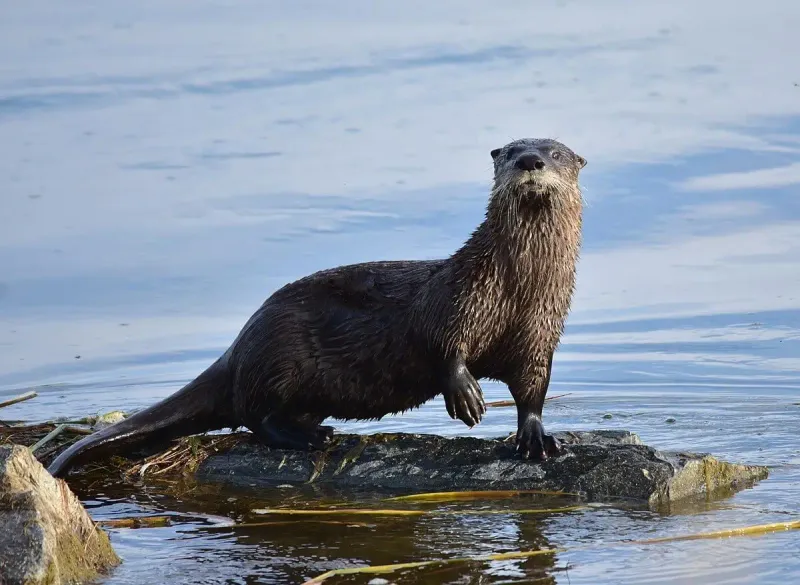
Stretching over 2,300 miles, the Missouri River creates perfect otter sanctuaries with its countless bends and tributaries. Otters here feast on abundant fish populations while finding shelter in the river’s natural bank structures.
Conservation efforts have helped these sleek swimmers bounce back from near-extinction in some sections. Their presence indicates the river’s improving health after decades of pollution challenges.
2. Mississippi River (Minnesota To Louisiana)
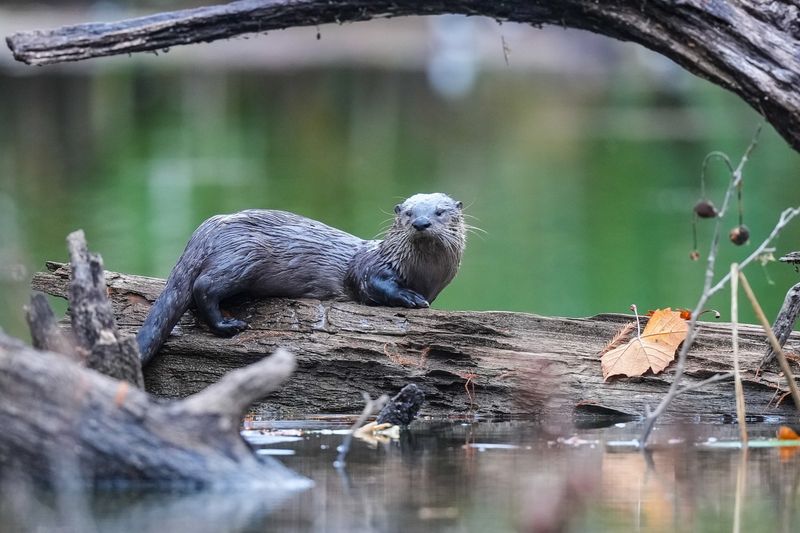
America’s mighty Mississippi harbors thriving otter communities throughout its 2,350-mile journey. The river’s extensive backwaters and oxbow lakes provide otters with secluded hunting grounds away from human activity.
Local fishermen often spot these playful creatures sliding down muddy banks at dawn. Their comeback story represents a conservation triumph after populations dwindled severely in the mid-20th century.
3. Ohio River (Pennsylvania To Illinois)
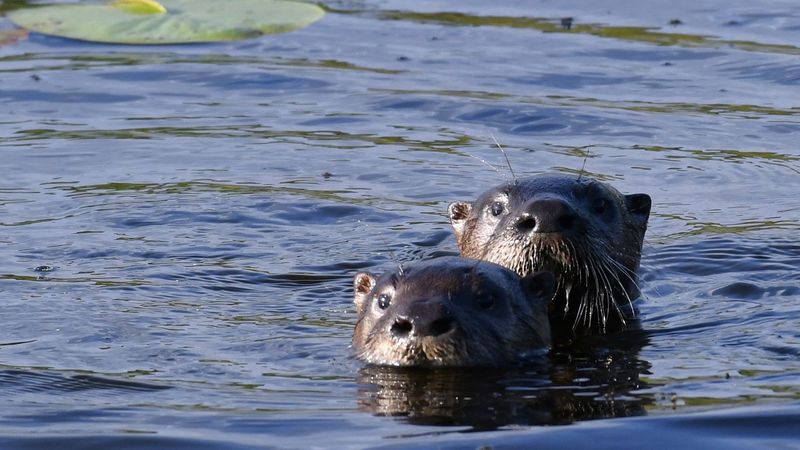
Once otter-free due to pollution and hunting, the Ohio River now boasts around 8,000 otters thanks to successful reintroduction programs. These aquatic mammals have adapted well to the river’s varied landscape.
Biologists monitor these populations carefully, noting their positive impact on the ecosystem balance. Watching an otter family glide through these waters reminds us how nature can recover when given a chance.
4. Verde River (Arizona)
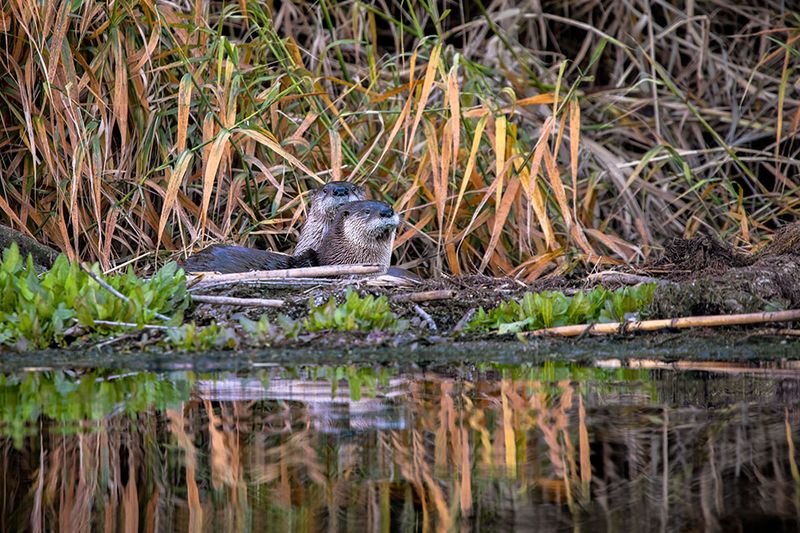
Flowing through Arizona’s desert landscape, the Verde River creates a green ribbon of life where otters thrive unexpectedly. The contrast between arid surroundings and the lush riverbanks makes this habitat uniquely precious.
Southwest wildlife experts celebrate the otters’ resilience in this desert waterway. Their presence helps control invasive crayfish populations while bringing ecological balance to this fragile riparian zone.
5. Mad River (California)
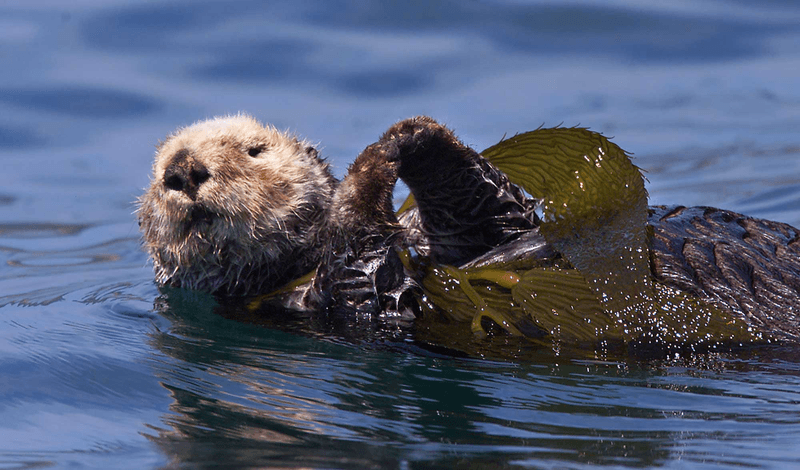
Northern California’s Mad River rushes through redwood country, creating ideal otter territory with its clean, fast-flowing waters. Fallen trees and complex root systems provide perfect den sites for raising otter pups.
Local conservation groups work tirelessly to protect these waters from logging impacts. Morning kayakers often report joyful encounters with otter families playing among the river rocks.
6. Eel River (California)
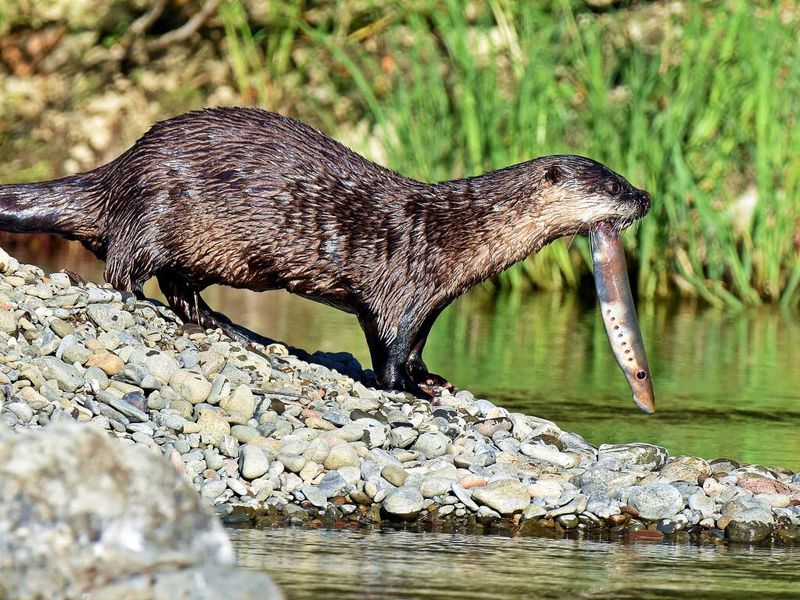
The Eel River’s ancient redwood-lined banks create shadowy pools where otters hunt with remarkable efficiency. Salmon runs provide seasonal feasts, while the river’s many tributaries offer quiet nursery areas.
Indigenous communities have long considered otters spiritual creatures in these waters. Recent cleanup efforts have helped otter populations expand throughout the watershed, bringing joy to wildlife watchers.
7. Stanislaus River (California)
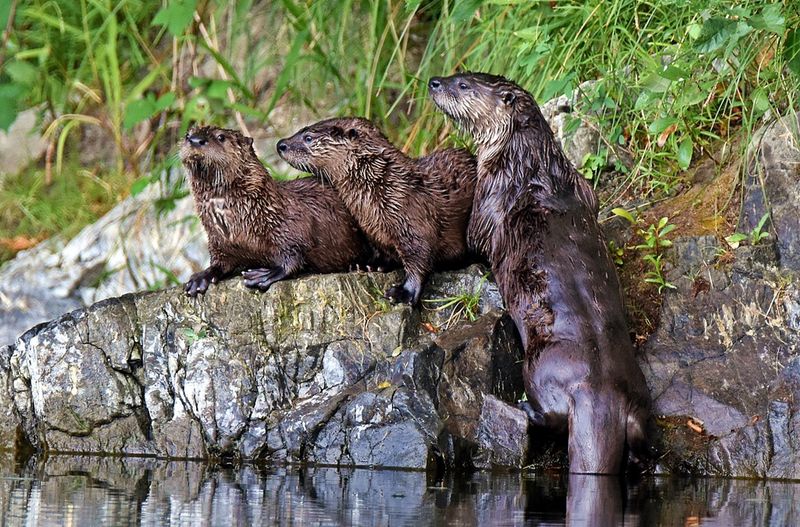
Winding through California’s Central Valley, the Stanislaus River supports a surprising diversity of aquatic mammals. Otters share this ecosystem with beavers and mink, creating a fascinating web of furbearer interactions.
Winter visitors might catch otters sliding on icy banks – their natural playfulness on full display. Their diet of non-game fish helps maintain healthy fish populations throughout this working river system.
8. Colorado River (Arizona To California)
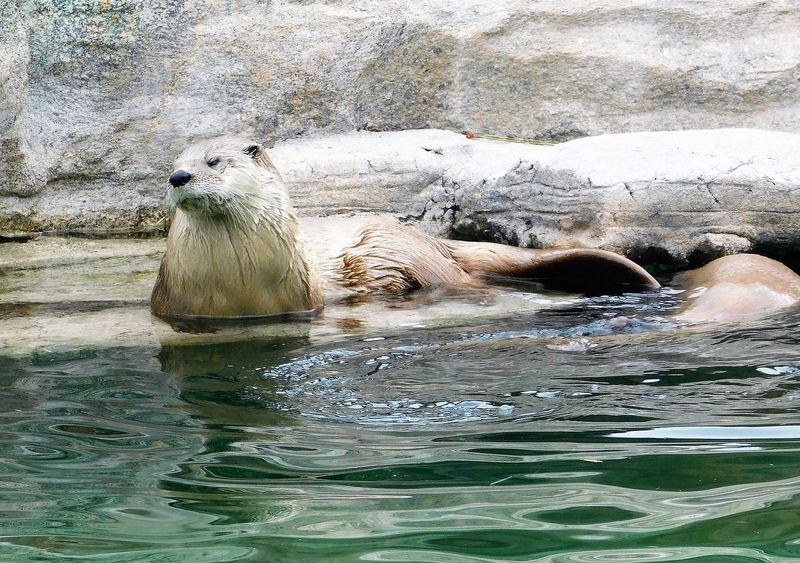
The mighty Colorado carves through desert canyons while supporting remarkable wildlife diversity, including resilient otter colonies. These adaptable mammals find refuge in quieter sections away from recreational boat traffic.
Against all odds, otters navigate this managed river system with its fluctuating water levels. Their comeback story represents hope for this heavily utilized waterway facing numerous environmental challenges.
9. Rio Grande (New Mexico To Texas)
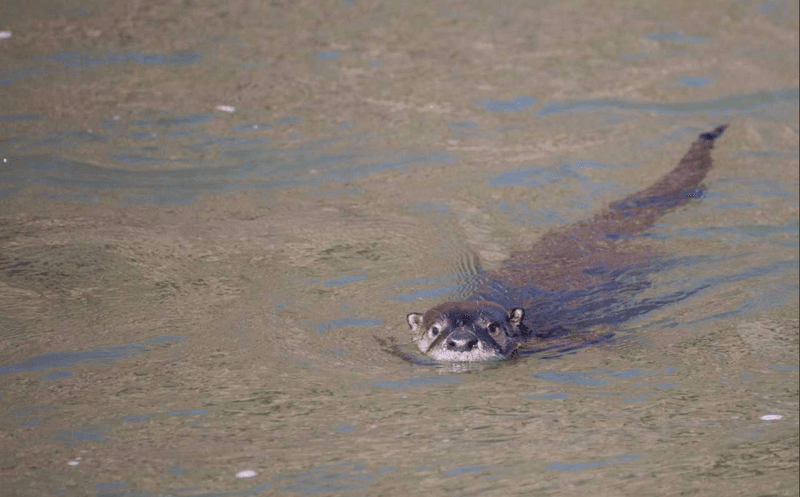
Forming the natural border between the U.S. and Mexico, the Rio Grande provides crucial otter habitat in an arid landscape. These mammals find sanctuary in the river’s deeper pools during drought periods.
Border wildlife researchers document otter populations that ignore political boundaries. Their presence indicates healthy fish stocks despite the river’s many challenges from water diversion and climate change.
10. Columbia River (Washington To Oregon)
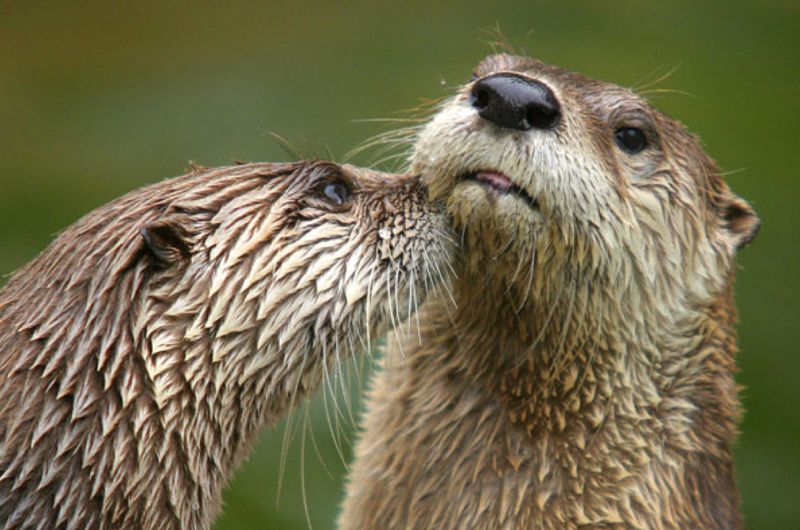
The Pacific Northwest’s Columbia River creates a wildlife highway where otters thrive alongside salmon runs. Despite hydroelectric dams, these resourceful mammals find abundant food in the river’s productive ecosystem.
Native American tribes have long celebrated otters in their cultural stories. Modern conservation efforts focus on maintaining water quality and natural flow patterns that support these charismatic river residents.
11. Snake River (Wyoming To Washington)
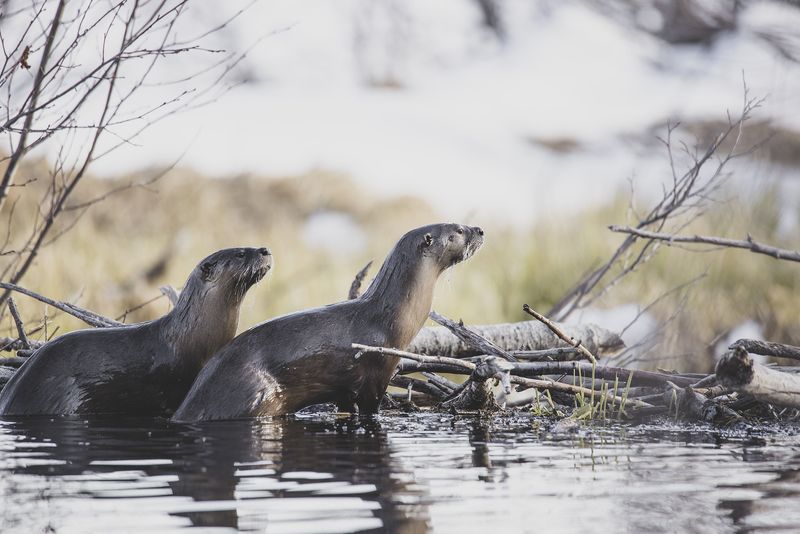
Carving through spectacular canyons, the Snake River creates perfect otter territory with its combination of fast rapids and quiet pools. Families of otters make their homes in abandoned beaver lodges along less-disturbed sections.
Wildlife photographers seek these playful creatures in morning light. Their growing numbers indicate improving water quality throughout this major western watershed that spans four states.
12. Platte River (Nebraska)
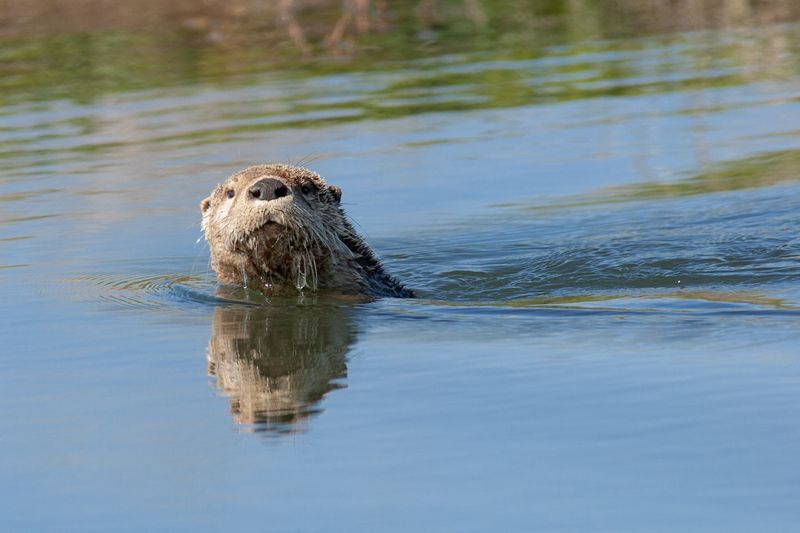
Nebraska’s braided Platte River creates shallow channels and sandbars where otters hunt efficiently in small groups. Spring bird migrations bring bird-watchers who often spot otter families as a bonus wildlife encounter.
Ranchers along the river now welcome these once-persecuted animals. Their return symbolizes successful conservation partnerships between agricultural interests and wildlife managers across the Great Plains.
13. Susquehanna River (New York To Maryland)
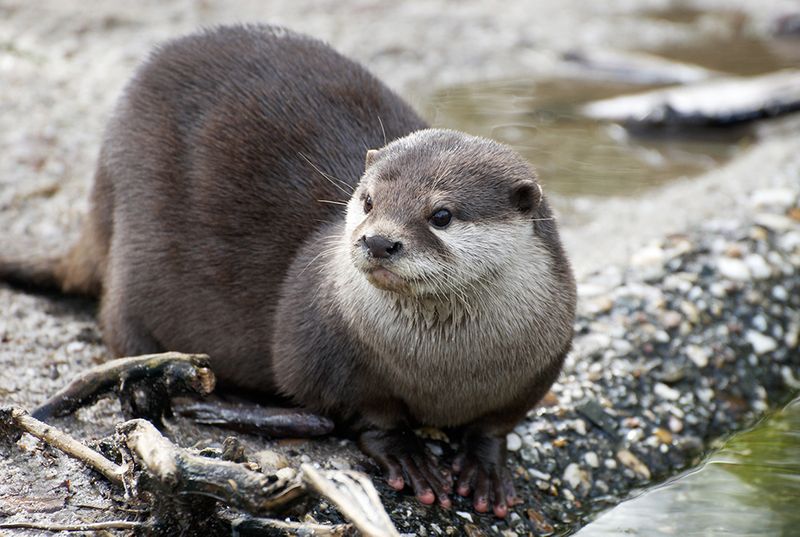
The Susquehanna’s rocky riverbed creates countless hiding spots for otters throughout its journey to Chesapeake Bay. These intelligent mammals have learned to navigate the river’s many dams and locks.
Fishing enthusiasts sometimes spot otters working the same productive pools. Recent improvements in water quality have allowed otter populations to expand throughout the watershed after decades of industrial pollution.
14. Delaware River (New York To Delaware)
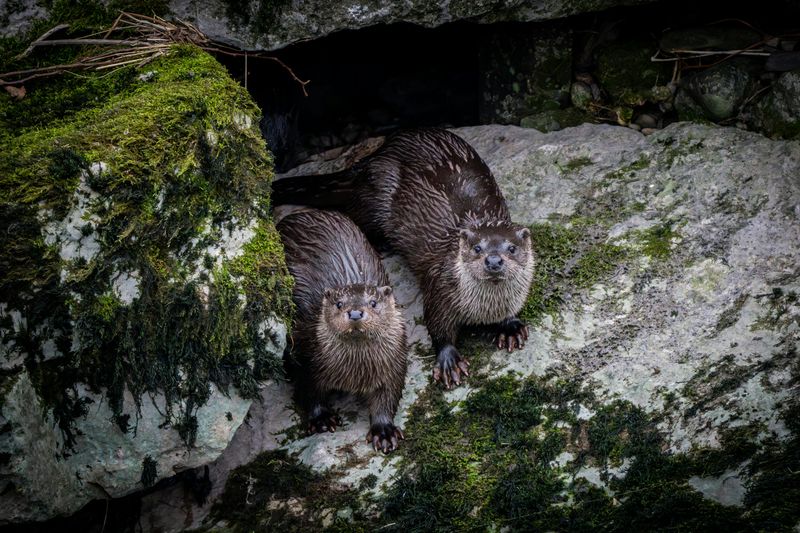
Flowing through four states, the Delaware River supports healthy otter populations from its mountain headwaters to tidal sections. These adaptable mammals feast on the river’s famous shad runs each spring.
Canoeists often report magical encounters with curious otter families. Conservation success here demonstrates how clean water initiatives benefit both wildlife and the millions of people who depend on this historic river.
15. Hudson River (New York)

Despite flowing through America’s largest city, the Hudson River maintains surprising otter populations in its quieter sections. These resilient animals have adapted to live alongside urban development.
Environmental cleanup efforts have transformed this once-polluted waterway. Spotting an otter family playing near Storm King Mountain reminds New Yorkers of nature’s remarkable ability to recover when humans make space for wildlife.

